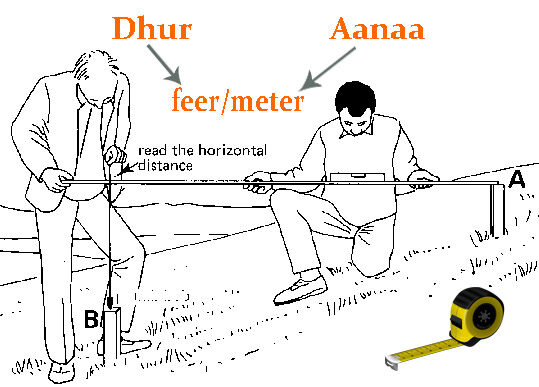Land measurement in Kathmandu, Nepal, follows a unique system rooted in traditional practices but now standardized under national regulations. Here’s what you need to know:
1. Traditional Units
- Ropani: The most common unit, where 1 Ropani = 5476 sq.ft (508.74 sq.m).
- Anna: A subunit of Ropani (1 Ropani = 16 Anna).
- Paisa: Further subdivision (1 Anna = 4 Paisa).
- Daam: The smallest unit (1 Paisa = 4 Daam).
These units are still widely used in rural and semi-urban areas of Kathmandu Valley.
2. Metric System
Post-1968, Nepal adopted the metric system for official land records. The hectare (ha) and square meter (sq.m) are used in government documents, though locals often convert these to traditional units for practicality.
3. Land Registration
- All land transactions in Kathmandu require registration with the Land Revenue Office.
- The Cadastral Survey system (scale 1:500) is used to map plots, ensuring precise boundaries.
4. Key Challenges
- Discrepancies: Traditional vs. metric conversions can lead to disputes.
- Encroachment: Rapid urbanization has increased illegal land grabs.
- Documentation: Outdated “Lal Purja” (red land ownership certificates) are being digitized slowly.
5. Legal Validation
- Always verify land details through the Department of Survey or consult a licensed surveyor.
- Cross-check with NaPa (National Land Project) for digitized records.
Why This Matters
Understanding Kathmandu’s land measurement system is critical for real estate investments, legal clarity, and avoiding disputes. Always consult official records or legal experts before transactions.


